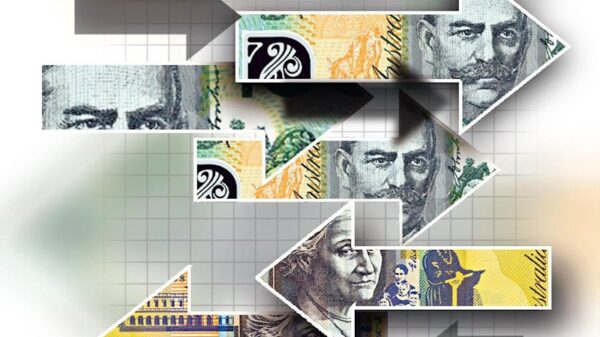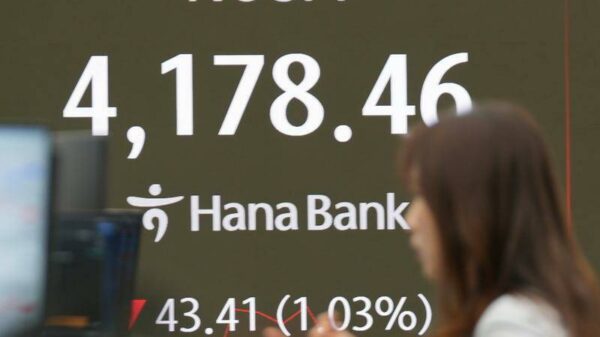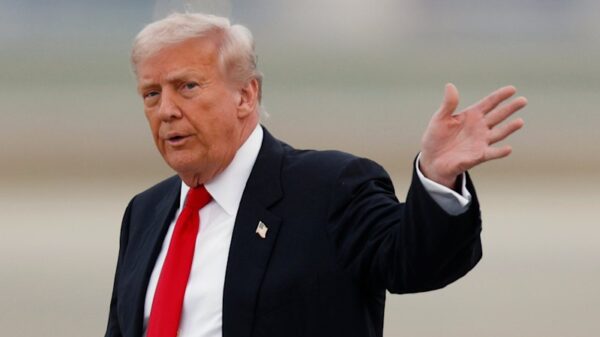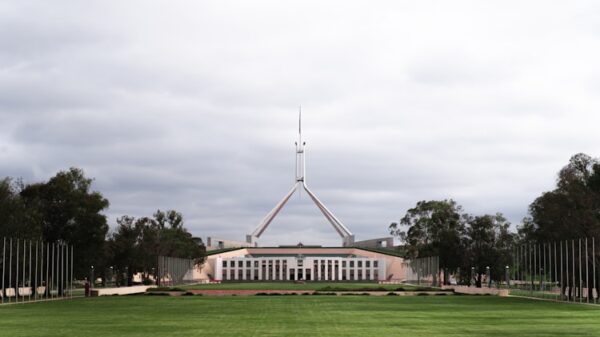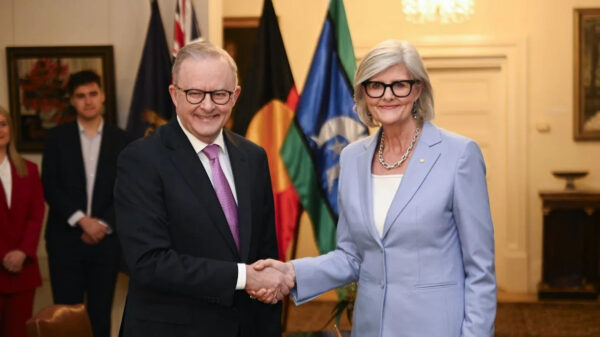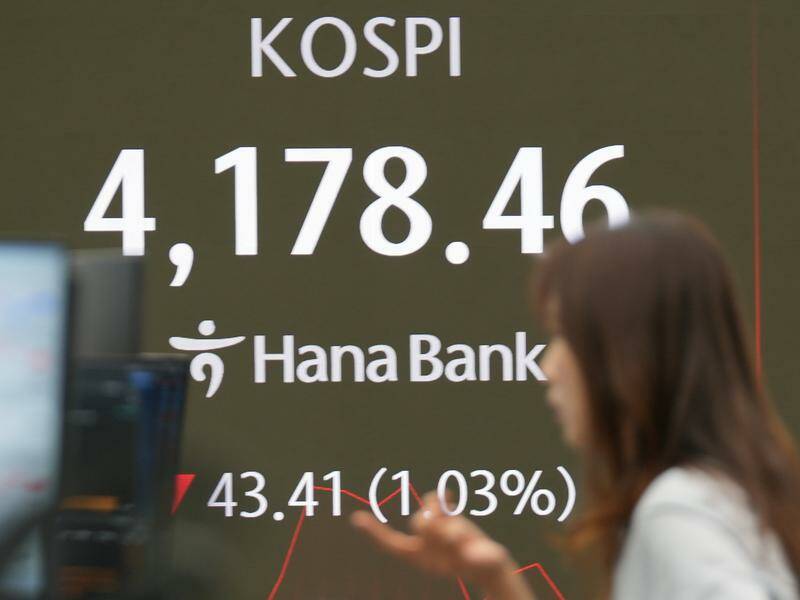Global stock markets have shown signs of recovery, buoyed by optimism surrounding the potential end of the U.S. government shutdown. The U.S. Senate approved a funding deal on Monday, which aims to restore federal operations after the longest shutdown in history. While the relief from the Senate’s decision has lifted shares, concerns regarding technology sector valuations continue to temper enthusiasm.
European markets reflected this positive sentiment, with early trading on Tuesday showing notable gains. The FTSE 100 in London reached record highs, driven by a decline in the British pound following employment data that suggested a favorable environment for a potential rate cut by the Bank of England next month.
Market Reactions and Economic Implications
The Senate’s action now shifts focus to the House of Representatives, where Speaker Mike Johnson aims to expedite the approval process. Economists, including Philip Shaw, chief economist at Investec, expressed cautious optimism about the situation. Shaw noted that the arithmetic in the House suggests passage is likely, stating, “The data deluge is going to be essentially a huge market event.”
The Federal Reserve’s recent interest rate cut adds another layer of complexity to the financial landscape. Chair Jerome Powell has urged caution regarding expectations for further cuts, particularly in light of upcoming employment and inflation data.
Despite these uncertainties, the STOXX 600 index rose by 0.6 percent, while U.S. futures for the S&P 500 and Nasdaq declined by 0.1 percent. On Wall Street, the S&P 500 experienced its largest one-day percentage gain since mid-October, closing up by 1.54 percent. Additionally, tech stocks linked to artificial intelligence saw a significant boost, marking their largest one-day rally since May with a 2.8 percent increase.
Currency and Commodity Markets
In currency markets, the British pound struggled against the dollar, falling nearly 0.4 percent to $1.3128. This drop followed data indicating a slowdown in wage growth and an increase in unemployment in the UK. These figures reinforce the case for a rate cut by the Bank of England next month, amidst rising uncertainty for British households.
The Japanese yen also faced challenges, reaching its weakest level since February, trading at 154.49 to the dollar before slightly recovering. Commodity prices exhibited mixed results, with gold remaining steady above $4,100 per ounce. Copper futures climbed by 0.5 percent to $10,851 per tonne, while Brent crude futures dipped by 0.25 percent to $63.90 per barrel.
Economist Carlos Casanova from UBP in Hong Kong commented on the broader implications of the shutdown, estimating that it has likely reduced fourth-quarter gross domestic product by between 0.4 and 1 percentage points. He noted, “Historically, activity tends to bounce back in the quarter following a shutdown.”
As the situation evolves, traders and investors remain vigilant, anticipating how the resolution of the shutdown and upcoming economic data will shape market dynamics in the weeks to come.

